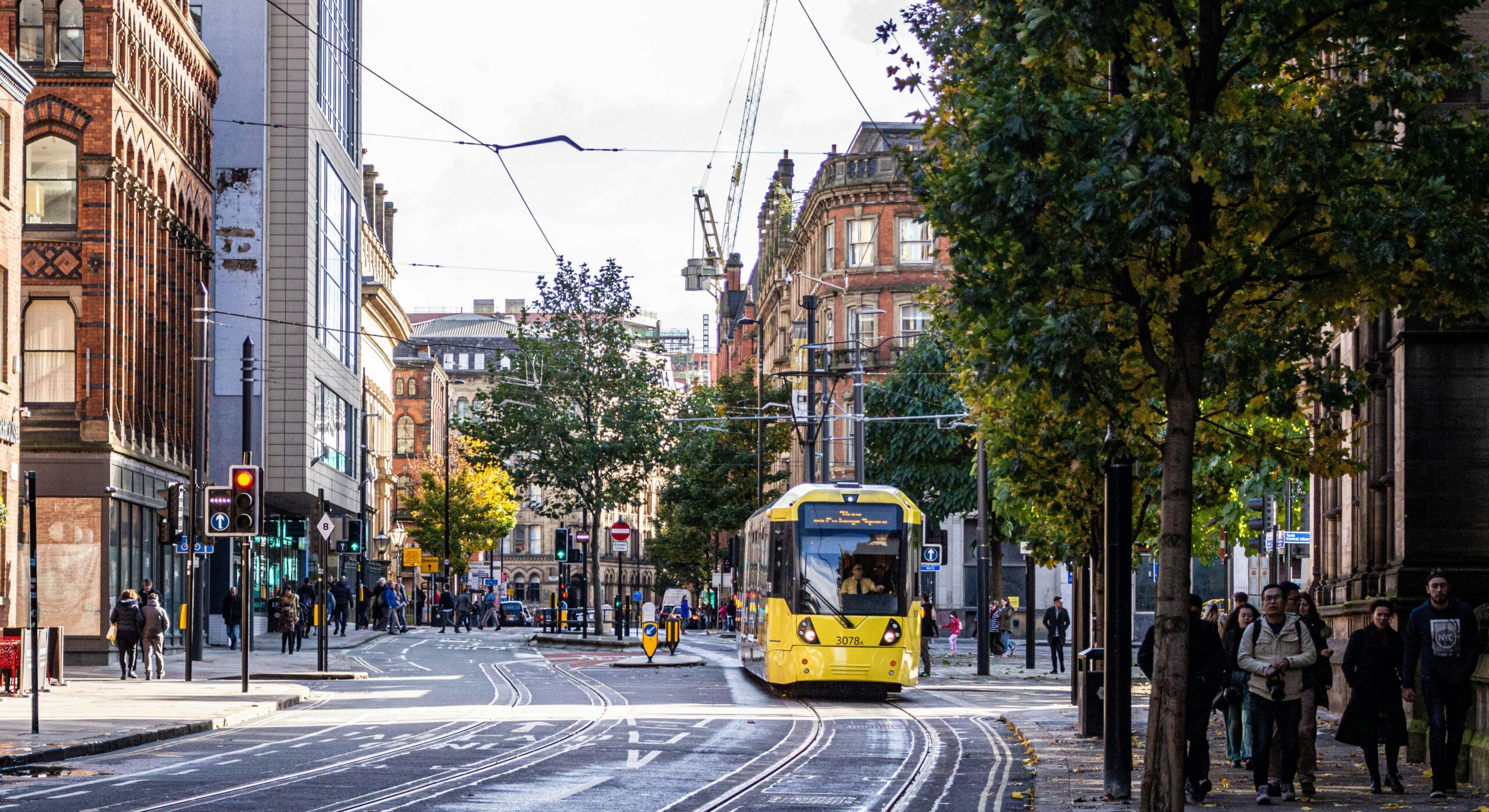
Are House Prices Falling in Manchester?
Manchester’s property market has long piqued the interest of both local and national investors. The city is known for its vibrant culture, large student population, and thriving economy and has long been regarded as a prime location for property investment. However, over the last year, house price trends have shifted in various neighbourhoods, prompting many to wonder: are house prices falling in Manchester?
The answer isn’t as straightforward as you might think. While property values in some areas of Manchester are falling, others are rising dramatically. Let’s look at the current housing market in Manchester and what it means for homeowners looking to sell quickly.
Where are house prices in Manchester falling the fastest?
Recent data shows that house prices are falling in several areas of Manchester. According to local housing statistics, Crumpsall South has experienced the steepest drop, with the average house price dropping by 23.9%, from £220,250 to £167,500 in the last year. Similarly, Piccadilly & Ancoats saw a 17.9% drop in property values, falling from £335,000 to £275,000 over the same time period.
Other affected areas include Newton Heath, where prices fell 15.7%, and Collyhurst, where the average property value fell 14.1%. The M15 postcode, which includes Hulme, also saw a nearly 19% drop in house prices, falling from £318,880 to £256,840 over the last year.
Several factors contribute to these declines, including rising interest rates, lower buyer confidence, and an increased supply of new-build flats, which can drive prices down in some areas. Furthermore, the cost-of-living crisis has made it more difficult for first-time buyers to enter the housing market, decreasing demand in some areas.
Which areas of Manchester are seeing house prices rise?
While some neighbourhoods are struggling, others are thriving. The M2 postcode (which includes the city centre and Deansgate) saw an average house price increase of 22.4% in the last year, from £264,400 to £323,500. This could be attributed to ongoing regeneration projects and the continued demand for high-end city centre living.
In the suburbs, average prices in Stretford (M32) increased by 16.1%, from £266,082 to £308,919. Similarly, Higher Broughton and Kersal (M7) saw gains of nearly 15.9%, reaching an average of £301,057.
These areas benefit from a variety of factors that contribute to rising prices, including improved transport, excellent education, and proximity to employment hubs like Media City UK and Manchester Science Park. In short, demand remains strong for locations that provide good value for money, desirable amenities, and infrastructure investment.
Is the Manchester property market slowing down?
According to Sell House Fast, the number of property transactions in Manchester between July and September 2024 fell by approximately 12% from the same period the previous year. This suggests that, while prices have risen in some areas, the overall market is slowing.
One significant factor is the shift in demand among property types. Flats, in particular, have taken the brunt of the downturn, with prices falling 3.8% across Greater Manchester in the year ending September 2024. This could be due to changing lifestyle preferences following the pandemic, with more buyers preferring houses with gardens and home offices.
Detached properties in affluent suburbs such as Didsbury and Prestwich have held their value better, with an average drop of only 1.2%. These areas remain popular among families and professionals, thanks to strong local economies and high-performing schools.
Economic and market outlook for 2025 and beyond
Despite the short-term fluctuations, the long-term outlook for Manchester’s housing market remains positive. It’s predicted that house prices in the city could rise by up to 21.6% between 2024 and 2028. Falling mortgage rates, increasing consumer confidence, and major urban development initiatives all play a role.
Manchester’s economic growth is expected to outpace the UK average in the coming years, with a projected annual growth rate of 2.2% between 2024 and 2027. This economic strength should help to stabilise and eventually revitalise the real estate market, especially in areas with high rental demand and ongoing regeneration.
Furthermore, Manchester’s continued appeal to students, young professionals, and international investors is expected to support long-term property values, even if the market experiences temporary headwinds.
What does this mean for sellers?
If you’re a Manchester homeowner looking to sell quickly, it’s critical to understand how changing market conditions may affect your asking price. In areas where property values are falling, sellers may need to price competitively to attract buyers. However, those in high-demand postcodes may still benefit from healthy returns.
Regardless of where your property is located, timing and strategy are critical. Presenting your home well, selecting the best time to list, and understanding your local market conditions can all have a significant impact on your outcome.Selling quickly in areas experiencing price declines may help avoid further drops in value. Cash house buyers like Sell House Fast allow homeowners to avoid the open market and secure a quick sale – perfect if you’re under financial pressure, relocating, or managing an inherited property. Get your free cash offer today.


